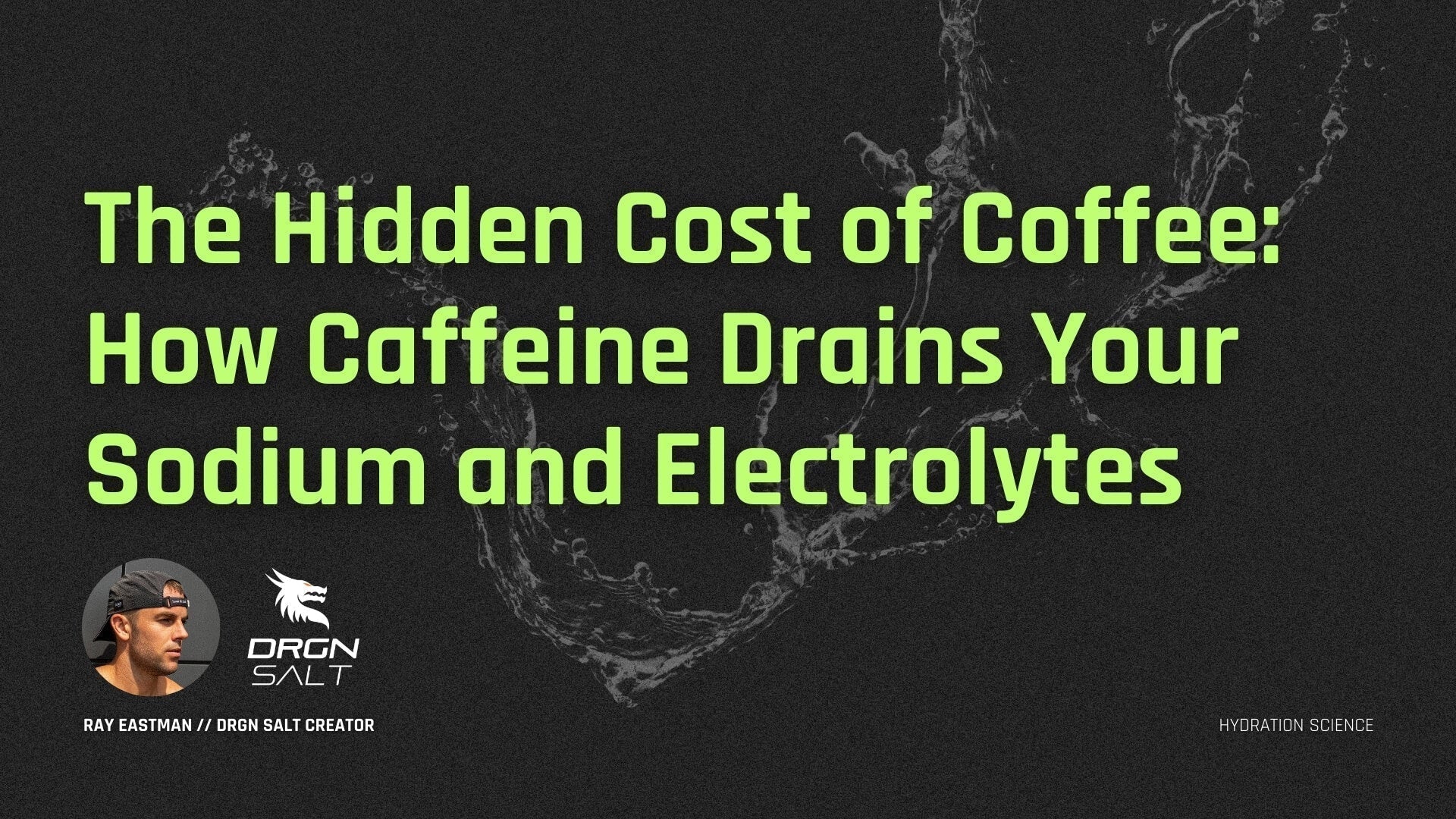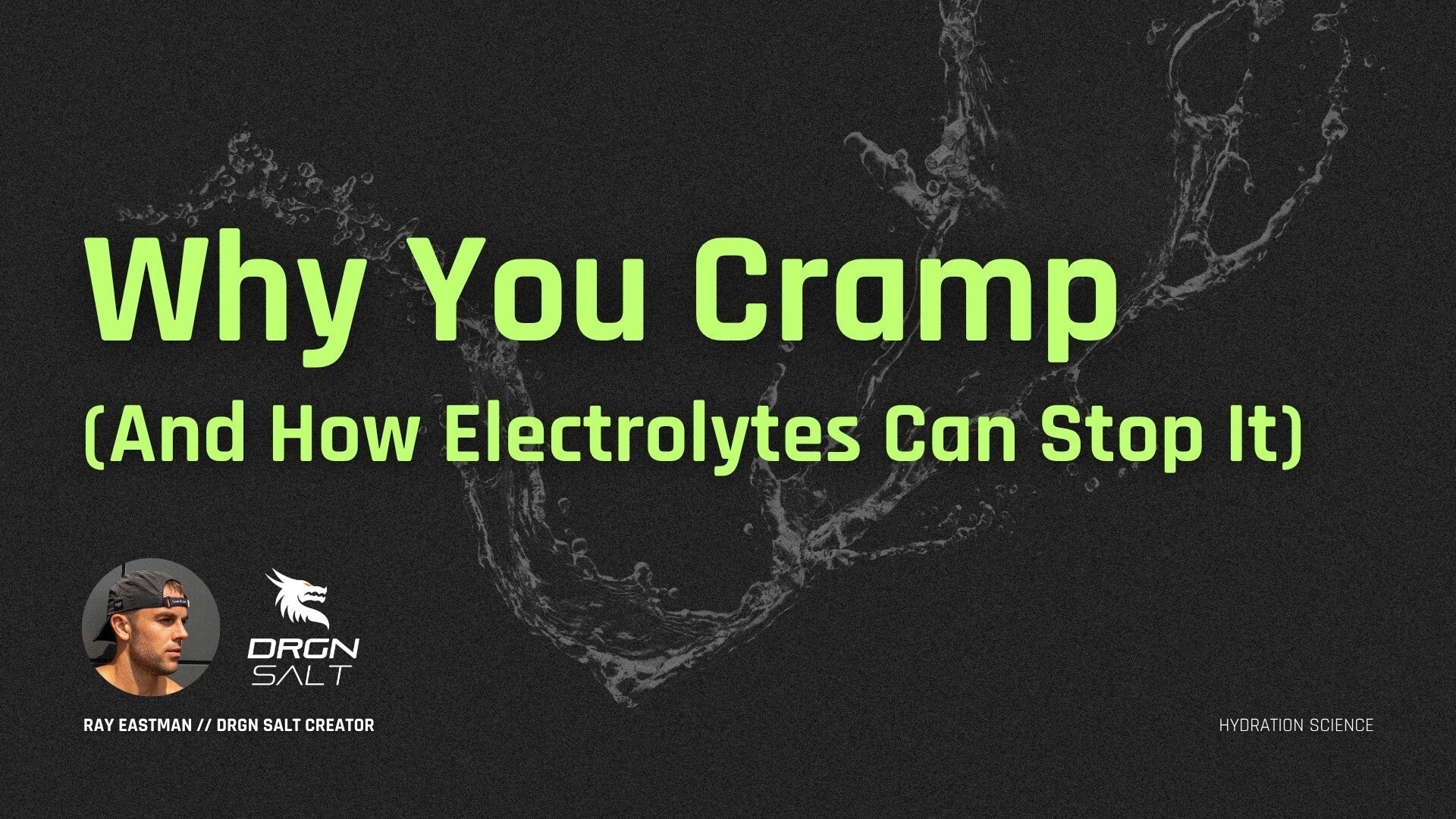We all know we sweat when we train, but most people don’t realize what’s actually leaving the body with that sweat. It’s not just water. Sweat carries essential electrolytes that your body needs to function and perform at its best.
If you’re not replacing what you lose, you’re setting yourself up for dehydration, fatigue, cramps, and even decreased mental sharpness.
Let’s break down exactly what you lose when you sweat (and how to replenish it the smart way).
1. Sweat = Water + Electrolytes
When you sweat, your body isn’t just cooling itself down — it’s also flushing out key minerals. The major electrolytes lost in sweat are sodium, potassium, calcium, magnesium, and chloride. These minerals help regulate fluid balance, nerve signals, muscle function, and more.
Failing to replace them can disrupt hydration, reduce performance, and leave you feeling drained.
2. Sodium Is the MVP
Of all the electrolytes, sodium is lost in the highest concentration. In fact, the average athlete loses about 900–1,500 mg of sodium per liter of sweat (and some lose even more).
That’s why drinking plain water isn’t enough during hard training. Replacing sodium is critical for maintaining energy, endurance, and mental clarity.
3. Everyone’s Sweat Rate Is Different
Sweat rates vary based on genetics, fitness level, environment, and activity. On average, athletes lose 0.8 to 2.0 liters of sweat per hour, but some can lose even more in hot or humid conditions.
This means some people may be losing 2,000+ mg of sodium per hour (and not realizing it).
4. Rehydrating Without Electrolytes Can Make Things Worse
Drinking water without electrolytes when you're already depleted can dilute your sodium levels further resulting in a condition called hyponatremia. Symptoms include nausea, headaches, confusion, and in extreme cases, can be life-threatening.
The fix? Rehydrate with electrolytes, not just water.
5. Replace What You Sweat Out
To stay properly hydrated and avoid cramping, fatigue, and poor performance, you need to match what you lose in sweat. That means:
- Replacing sodium and potassium at an optimal ratio
- Drinking before, during, and after high-sweat activities
- Adjusting intake based on your individual sweat rate, effort, and weather conditions
Hydration Is More Than Just Fluids
Water is essential, but it’s only one part of the equation. Sweat takes out minerals. Smart hydration puts them back in.
Next time you’re training, running, or sweating it out in the heat, don’t just drink water. Replace the electrolytes you lose and stay ahead of dehydration before it slows you down.





